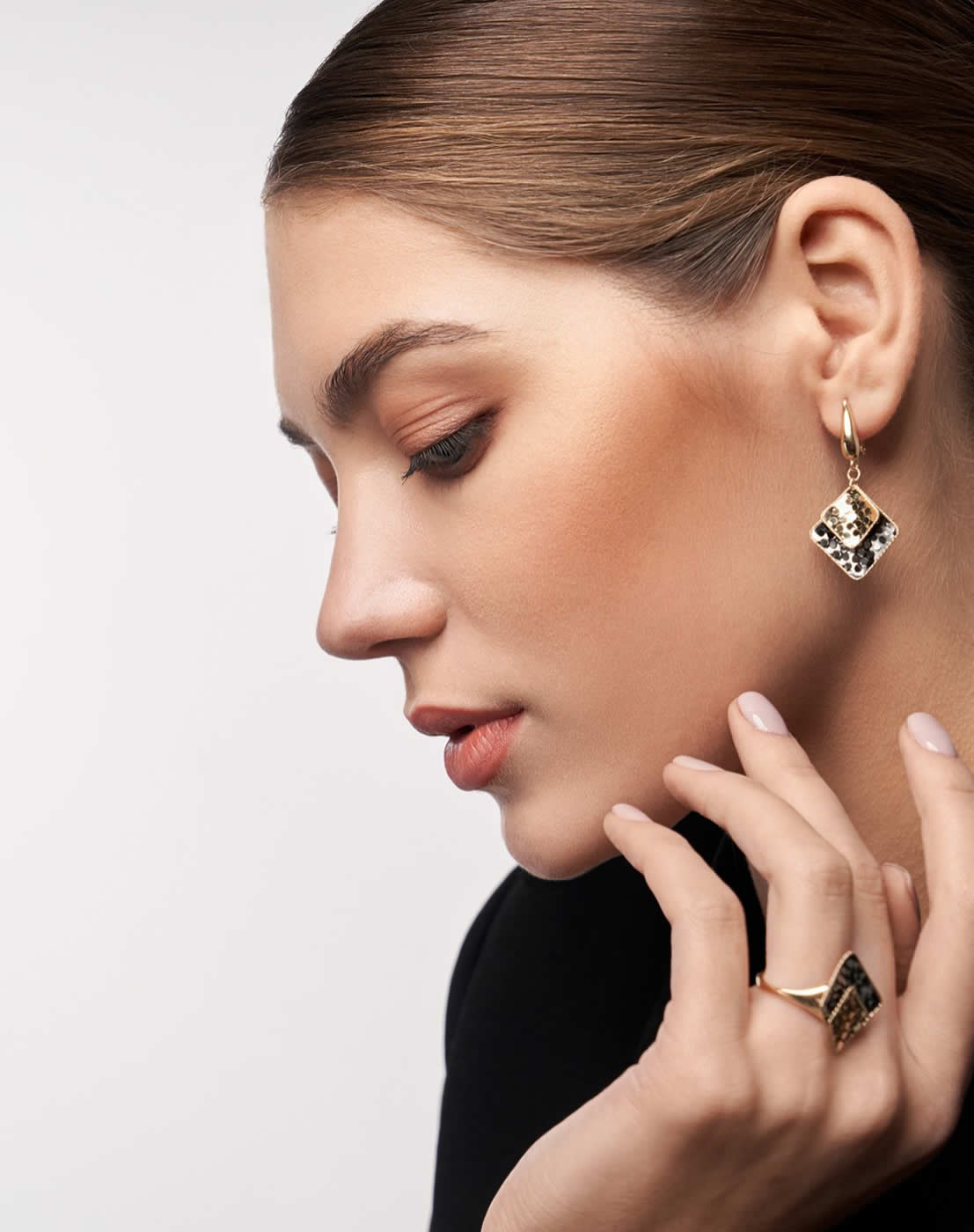
Rhinoplasty or nose job is a surgery used to reshape or change some features of the nose. Your goals may be to change the nose appearance, to improve breathing, or it may even be both.
With rhinoplasty you can modify the cartilage, the bone, the skin of the nose or all three. Schedule your assessment appointment with Dr. Gordillo to find out if you are a candidate for rhinoplasty and all the benefits you can obtain.
Rhinoplasty can be done under local or general anesthesia, depending on the extent of the procedure and the surgeon’s recommendation. It is an outpatient surgery that can take between one and two hours, although sometimes it takes longer.
The patient will be asleep during the surgery, they will not feel nasal or facial pain.
The surgeon will make an incision inside the nostrils, around this area or at the base of the nose, depending on the characteristics of the procedure and the objectives to be achieved.
Once the procedure is finished, the surgeon will put a plastic and micropore splint to preserve the new shape of the nose bone, cartilage and nostrils.
After the surgery, the recovery period begins, which lasts between 2 and 4 weeks. During this time, the patient should avoid contact activities that involve a high risk of trauma to the nose. And after 2 months you will be able to resume physical activities at 100 percent.
Candidates for rhinoplasty are people with cosmetic and health needs such as:
If you live in the United States, your health insurance probably won’t cover rhinoplasty and you’ll find that it’s a very expensive procedure. Therefore, traveling to Mexico is an affordable option with great benefits such as:
Rhinoplasty surgery costs an average of $8,000 USD in the US, and since it is not covered by health insurance plans, people often pay out of pocket or get financing plans with very high interest rates. On the other hand, when traveling to Mexico with specialists like Dr. Gordillo you will find excellent care, but with savings of up to 60%.
All surgery carries risks and possible associated complications: bleeding, infections, edema, bruising, sensory disturbances and post -surgery discomfort. The best way to avoid complications and reduce risks is to go to a specialist like Dr. Gordillo and follow his pre and post-surgical recommendations, since recovery and results depend a lot on the care that the patient follows.
Go to your assessment visit with Dr. Gordillo to check your face and nose conditions. In addition, as a patient you must have realistic expectations about rhinoplasty, be in good health and be a non- smoker, or be willing to quit smoking before and after your surgery.
When rhinoplasty incisions are made from inside the nose, there are no visible scars. If the incision is made around the nostrils or at the base of the nose, scars may remain, but very small and not visible.
Thanks to the pain medications and sedation that are applied, most patients do not feel pain during the surgery. The following days it is common to feel pain and inflammation that is fought with the medications prescribed by the specialist, with rest and some additional recommendations such as the use of splints.

Centro Médico Puerta de Hierro Sur
5th Floor Suite 53
Av. Adolfo López Mateos Sur 1401.
45645 Guadalajara Jalisco. México
Dr. Juan Gordillo Hernandez. All Rights Reserved © 2024